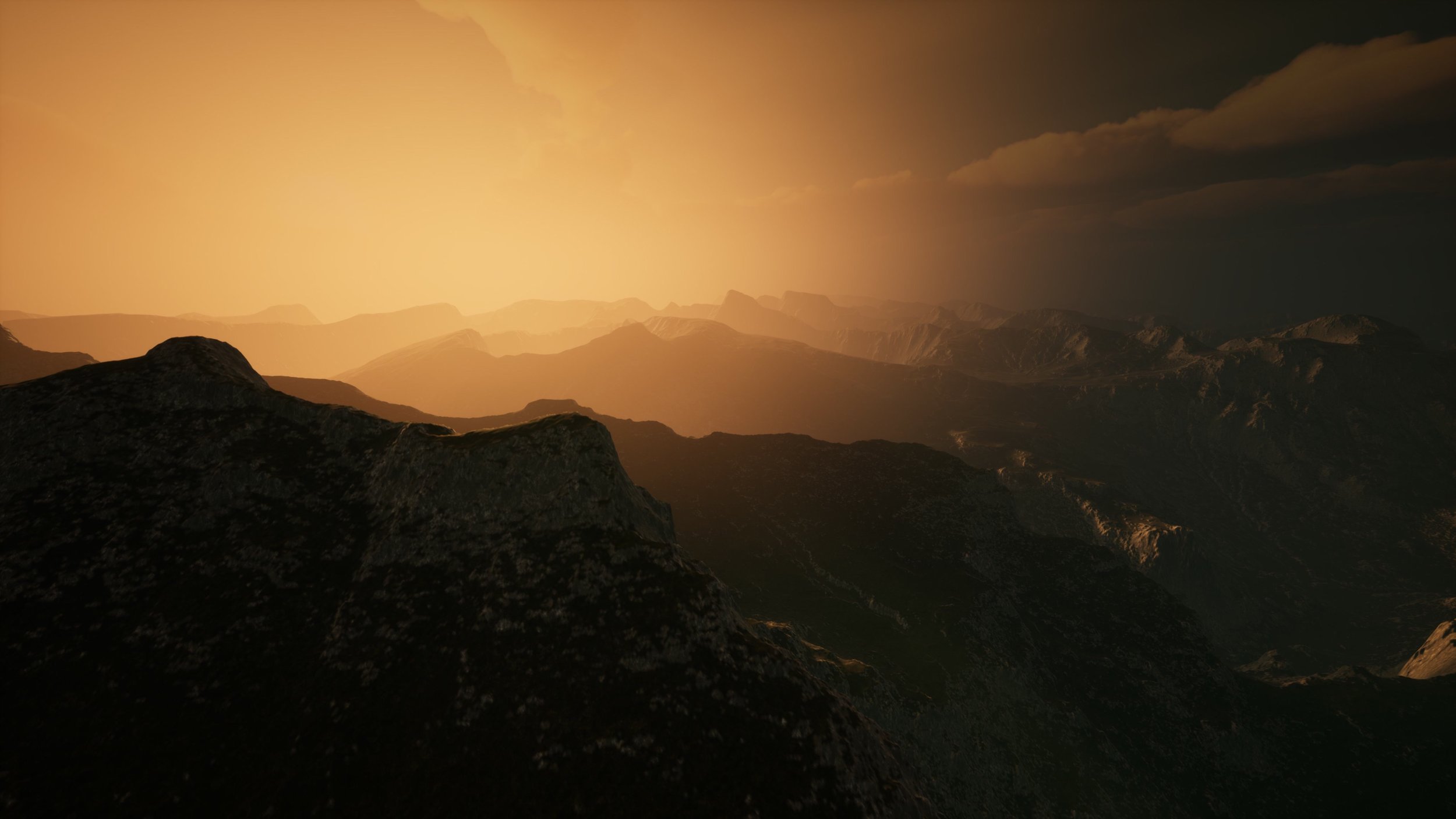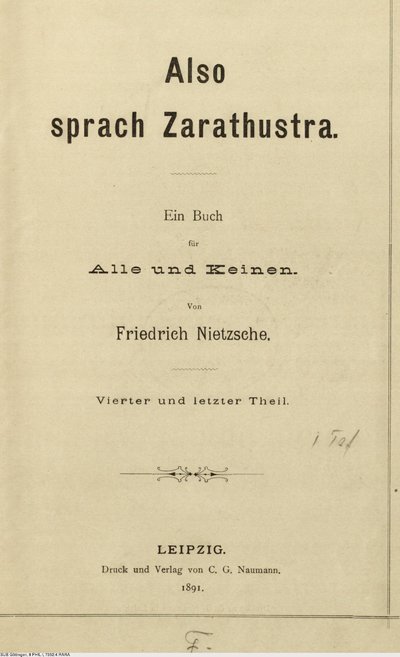
Mahler 3 Top 10 List
Scroll down to start your countdown!
Daniel Meyer
Music Director, Erie Philharmonic
Enjoy a list of the top 10 things I’m looking forward to the most about our January 20th presentation of Mahler’s epic 3rd Symphony. Be sure to grab your seats soon for this once-in-a-generation concert experience!
Listening to this symphony is like the musical equivalent to seeing the Sistine Chapel for the first time. The scope is nearly beyond what one can take in from one viewing/listening. The details are extraordinarily rich, the emotional landscape is vast, the subject matter is, well, everything!
This piece is epic. It takes six movements to cover all Mahler wants to say (he dropped a seventh movement and saved it for his next symphony!)
Mahler realized that we might need a program to make it through it all. He originally titled each movement:
Summer marches in
What the flowers in the meadow tell me
What the animals in the forest tell me
What the night tells me
What the morning bells tell me
What love tells me
…then he scrapped the titles and left audiences to wonder what it was all about.
Some killer trombone solos in the first movement - a rarity in all of the symphonic literature.
A mix of banal, every-day, sometimes vulgar march tunes and country dances are juxtaposed with some of the most heartfelt, transcendent music that can transport your soul. Quintessentially Mahler. And quintessentially real-life.
Recognize this illustrator?
Maurice Sendak, author of Where the Wild Things Are
Special effects – offstage percussion, children singing like ringing bells, birdcalls, a women’s choir taking on the role of angels, and a single trumpet playing a sentimental tune from across the valley on an old posthorn.
Sonic Architecture: Mahler knew that between a gargantuan 1st Movement (33 minutes) and an epic 6th Movement (21 minutes), we would need a little reprieve. Movements 2,3,4,5 are significantly shorter and total 39 minutes. Like Mahler did in his first performances of the symphony, we will take an intermission after Movement 1.
Richard Strauss wasn’t the only one obsessed with Nietzsche’s Also Sprach Zarathustra (think opening of 2001: A Space Odyssey). Here, in his 3rd Symphony, Mahler pens a poignant, deeply affecting Midnight Song (found in Also Sprach Zarathustra) for Contralto solo in the 4th Movement.
Richard Strauss
Also Sprach Zarathustra
2001: A Space Odyssey
Mahler’s version of Nietzsche’s Midnight Song
Mahler’s music, in particular his 3rd Symphony, has fascinated scholars, commentators, and critics over the years. There are excellent published works analyzing the symphony, including a one-volume primer by Peter Franklin, an expansive multi-volume biography by Henri-Louis de La Grange, and analysis by Constantin Floros. Try Norman Lebrecht’s Why Mahler? for an opinion on the emergence of Mahler’s popularity with symphony audiences over the past 100 years. Click each image below to learn more.
One of the single, most beautiful and extended paeans to love in all the symphonic literature – the glorious 6th and final movement!
Mahler 3
January 20 · Warner Theatre · 8pm




























